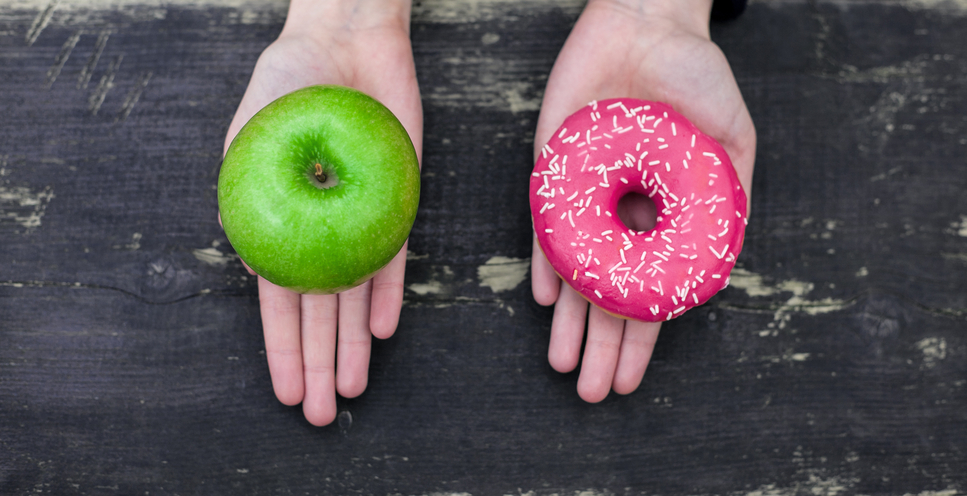Writing in the journal Food Quality and Preference, researchers found that participants with low ‘health consciousness’ rated a healthy food item as more appealing and were more likely to choose that item when it was presented in picture rather than text format. “Our research suggests that one way to nudge people, especially low health conscious individuals, into making better decisions is not to highlight the healthfulness of healthy options, but rather to highlight the hedonic appeal of those healthy options.” In a real-life situation, heuristic cues that influence the way the product is perceived could be the product’s brand logo or the colour of its packaging. This finding is also echoed in a new study (does-healthy-food-need-a-marketing-makeover-Indulgent-descriptions-make-people-eat-more-vegetables”, which found that people were much more likely to choose vegetables when they were described in ‘indulgent’ terms more commonly associated with processed foods such as ‘sweet ‘n’ sizzlin’ – even when there was no actual difference in the way the vegetables were prepared. “Improving the diets of less health-conscious individuals is particularly important but also challenging, given that they are not motivated to eat healthfully and associate healthy foods with less hedonic pleasure—a key driver for their food choices. For the first online study, the researchers recruited 193 men and women aged between 18 and 65 with a median age of 30. They were randomly assigned to one of two groups. In the first, they saw a picture of a fruit salad with its name while the second group saw the name and a description.
For the second study, the researchers widened the scope, recruiting 449 adults and tested preferences for a main meal of spiralised courgette pasta with a cauliflower sauce and topped with basil. Participants rated either the picture or description based on hedonic and health criteria and indicated their consumption intentions. The results indicate that high- and low-health conscious individuals differ in their ability to discern health-unrelated properties of healthy food items, write the authors. Specifically, high-health-conscious individuals were able to discern the hedonic aspect of healthy food items independent of presentation format. Low HC individuals relied on visual information to discern the hedonic aspect of the food item; these individuals needed explicit cues that made the hedonic properties of healthy foods more salient.”
It is not clear why the two groups react differently to presentation cues but the authors suggest it may be that high health-conscious individuals have better food knowledge given that their main motivation for food choices is consuming healthy foods. They were therefore more familiar with the healthy food item. Another mechanism at play could be the fluency of processing information; people tend to rate information that is fluent or easy to process more positively. High health conscious individuals are better at processing symbolic cues and metaphors, which is why both they found both the text and picture easy to process.“Our research has practical implications for increasing healthy behaviours among individuals who are generally not health conscious.” They suggest that public health advocates use pictures rather than text when transmitting information about healthy food behaviours and healthy food products. A previous 900-strong study by Cambridge University researchers found that the likelihood of choosing fruit after watching healthy-eating adverts only increased among ‘educated’ participants. Younger and less educated people were less likely to choose fruit after watching the adverts. They were also less likely to see fruit as a tasty snack.
Source: Images help people who are not ‘health-conscious’ make better food choices













